Guest Post By John Sifferman, author of The Pull-up Solution
This post contains affiliate links to a product we have reviewed and recommend
It can be frustrating when you can’t do a single pull-up or chin-up. But with proper training, anyone can get better at these exercises in a simple and predictable way. It just requires some hard work using the right tools for the job. One of those tools is the assisted pull-up (or assisted chin-up), which is a great option when you’re working up to your first strict pull-up.
Whether you’d like to nail your first unassisted pull-up or rep out on the bar like they do in the Marine Corps, you’ll want to learn and take advantage of this amazing exercise. It will help you build incredible upper body muscle and a lean, V-tapered torso.
Assisted Pull-ups involve moving through the full range of motion of the pull-up exercise, but using some form of assistance or support to help you throughout each repetition.
There are many ways to do assisted pull-up, such as having a partner help support some of your weight (e.g. by holding your feet or pushing on your back), by pressing off a bench with your feet, or even initiating the pull-up with a jump to help you get up to the bar each repetition.
Band-Assisted Pull-Ups
Today, we’ll focus on the Band-Assisted Pull-ups, which use a large resistance band to support some of your body weight as you do the exercise.
If you’ve never used resistance bands before, they’re basically just a giant rubber band designed for exercise. They’re a very versatile piece of training equipment, and you can pick them up at most fitness supply stores and websites.
Please note that there are many different kinds of resistance bands. For the band assisted pull-up, look for a band that’s in a loop and is about three feet long (i.e. approximately 1 meter) when hanging. It should look like the longer ones in this photo:
Keep in mind that the thicker the band, the more assistance it will provide you. The thinner the band, the more of your body weight you’ll have to support yourself. So, if you only get one band, most people will want one that is rated at “Medium” thickness. The best scenario is having a few to choose from (light, medium, thick/heavy).
Once you’ve got your band, you can attach it to your pull-up bar by simply laying one end of it over the top of the bar, and pulling that end through the large hanging “loop” until it is tight to the bar. It should look like this when done:
Now, that we’ve got the band in place, let’s go over how to use it to support some of your body weight to assist you during the Pull-up and Chin-up exercises. But first, a word of caution…
How to Not Get Smacked in the Face
When you’re getting set up, hold the band tightly with both hands as you loop it around your knee or foot (see instructions below) – making sure it is secure in place before letting it go. You don’t want it to slip and have it smack you in the face.
This is especially important when you are taking the band off because you’ll likely be fatigued after a set of pull-ups. So, keep a firm grasp of the band and pay attention as you put it on and take it off.
Also, instead of raising your leg up really high to loop your knee or foot through the band, which can put you off balance, pull the band down firmly with your arms (i.e. stretching it out) and hold it in place as you secure it.
How to Perform Band-Assisted Pull-ups
There are a couple of ways to perform band-assisted pull-ups, and which one you use will depend on how much assistance you need.
Remember, when you’re hanging from the pull-up bar with the band in place, it will be supporting some of your body weight. The thicker the band and the more stretched it becomes, the more of your weight it will support; making the exercise much easier.
On the flip side, the thinner the band and the less stretched it is while you’re hanging from the bar, the less support it will provide you. That makes the exercise a little tougher since you’ll be holding up more of your weight with your hands.
Easier Version: Foot Supported
Foot-Supported Band-Assisted Pull-ups provide more assistance because the band stretches quite a bit.
Harder Version: Knee-Supported
Knee-Supported Band-Assisted Pull-ups provide less assistance because the band doesn’t stretch as much.
In either variation, when you’re in the Dead Hang position with the band in place, you’ll notice it’s supporting some of your weight; making the exercise easier.
Always perform your set of pull-up or chin-up reps with control. Make sure to pull yourself all the way up to full elbow flexion (i.e. with your chin over the bar). Then lower yourself all the way down to a complete dead hang position (i.e. elbows straight).
Here’s a video that will show you how to put all this together, along with a tip for using bands to make regular pull-ups harder. This will come in handy after you’ve worked up to your first 10 pull-ups or so, which is only a matter of time now!
The #1 Mistake When Using Band-Assisted Pull-ups
Band-assisted pull-ups are a great stepping stone towards getting your first pull-up or chin-up. However, the biggest mistake I see people making with band-assisted pull-ups, is ONLY doing band-assisted pull-ups. Trainees who use this exercise without incorporating some of the other pull-up exercise progressions simply don’t get the best results.
Here’s why: If you want to get better at pull-ups, the best thing you can do is train with exercises that not only stimulate the muscles involved in the exercise, but also the movement pattern as well. So, even though pull-ups primarily work the lats and biceps muscles, doing curls for your biceps and dumbbell rows for your lats isn’t the best approach for improving pull-up strength specifically.
Even the lat pulldown machine isn’t as effective as finding a version of the pull-up exercise that you can do on a pull-up bar where you’re actually supporting all of your body weight.
Since strength is almost always the limiting factor when it comes to pull-up & chin-up performance, it’s important to practice the most challenging pull-up progression that you can do safely and efficiently (with good technique). This is the best way to increase your strength.
For example, you’d be better off incorporating unassisted Dead Hangs (i.e. holding the bottom position of a Pull-up for time), Flexed-arm Hangs (i.e. holding the top position for time), and Negative Pull-ups (i.e. slowly lowering from the top position to the bottom position) than pulldowns. That’s because these pull-up progressions require you to support your whole body weight on the bar, which is essential to eventually work up to your first unassisted pull-up.
In the same vein, you want to guard against becoming too reliant on bands for assistance. So, keep trying to wean yourself off of them (using less assistance from week to week). You can do this by adjusting from foot-supported to knee-supported positions, or by using a thinner band.
Regardless, your goal should be to try to find the most challenging Pull-up variation that you can perform with good technique and practice often, using as little assistance as you need to complete the repetitions. This will stimulate your body to adapt and get stronger, and will be the fastest way to build up to your first pull-up and beyond.
In conclusion, band-assisted pull-ups are an excellent tool for improving your pull-up and chin-up performance. But they are not the only good tool, and depending on your skill and conditioning level, they may not be the best tool. The key is finding the right exercise progressions that work for you and will tap into the “sweet spot” of strength adaptation. If you strive to practice the most challenging pull-up variations that you can perform with good technique, using the least amount of assistance possible, you’ll be on the right track.
– John Sifferman
Note from Tom: If you want a complete program that will help you do just that, check out my review of John’s complete program, The Pull-up Solution, which helped me break through a 20 year plateau and get 30 pull-ups non-stop…in just two months. The Pull-Up Solution Complete Review
John Sifferman is a health-first fitness coach and the author of The Pull-up Solution, the first comprehensive, step-by-step pull-up and chin-up training system that helps people rapidly increase their pull-up numbers in three months or less. You can learn how John dramatically improved his pull-up performance and has helped thousands of people do the same with a unique twist on pull-up training at his Pull Up Solution website
Related Articles:
Pull-Ups Are Awesome But What If You Can’t Do Any Yet?
The Pull-Up Solution Program Review
Disclosure:
Burn the Fat Blog posts may use affiliate links to third-party websites and online stores, and earn a commission if products or books are purchased. We never recommend or link to products we haven’t used and fully endorse. However, even if we give a positive review, always do your own due diligence when purchasing from any third party merchant on the internet.

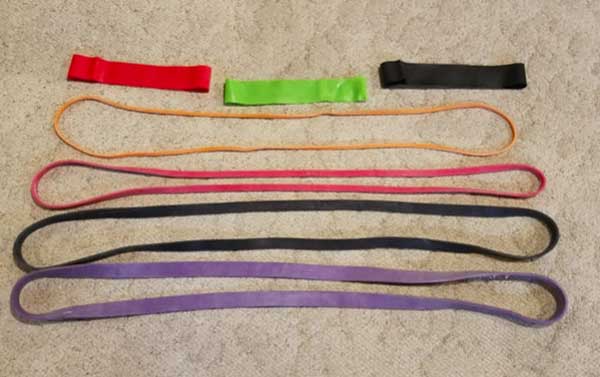
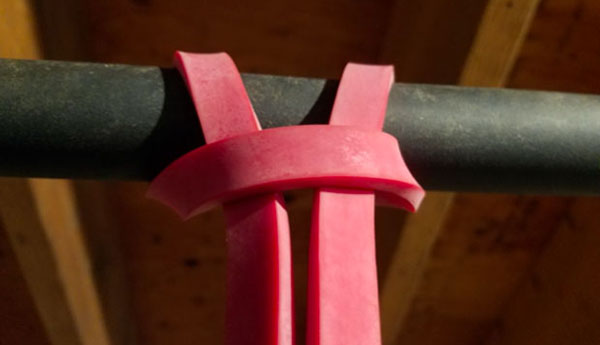
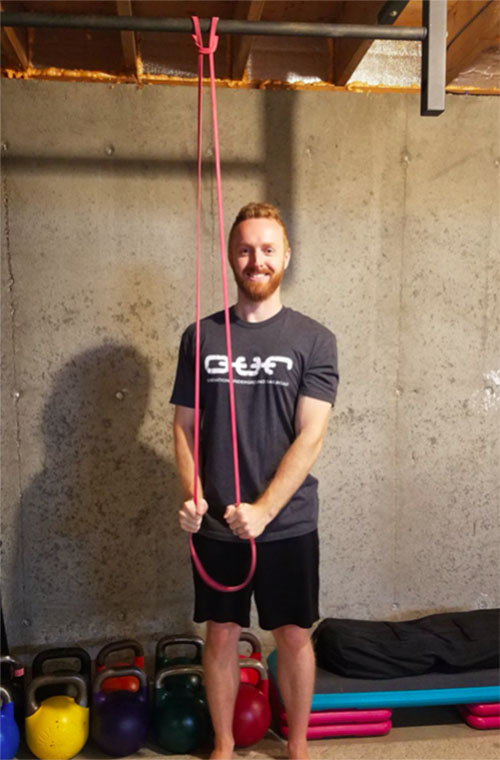
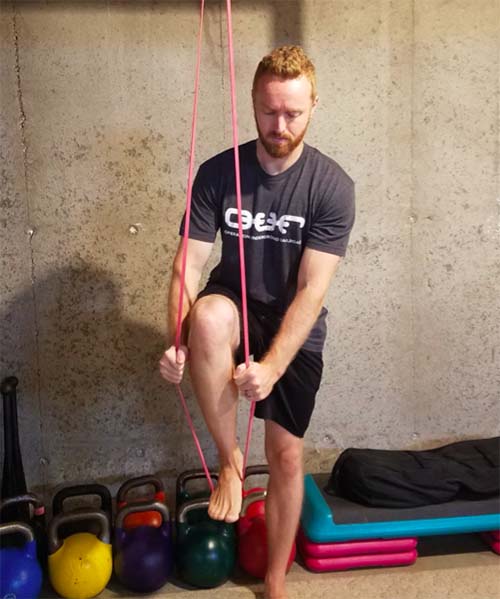
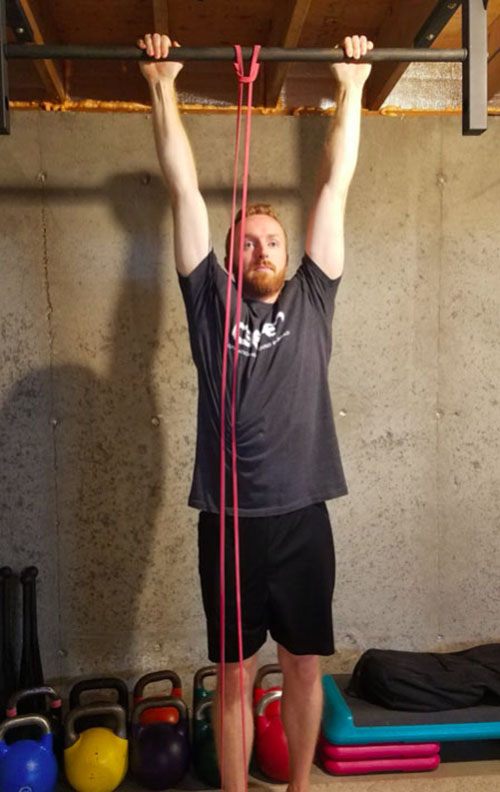
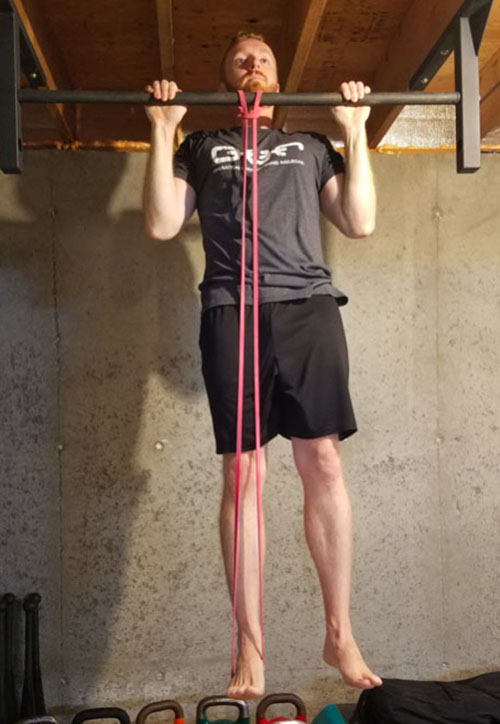
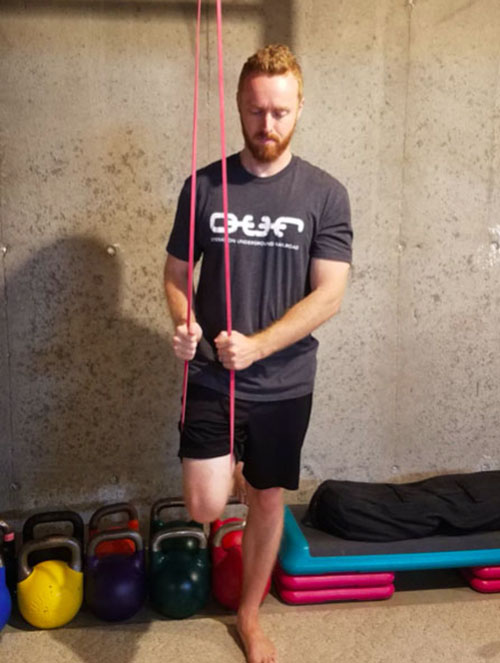
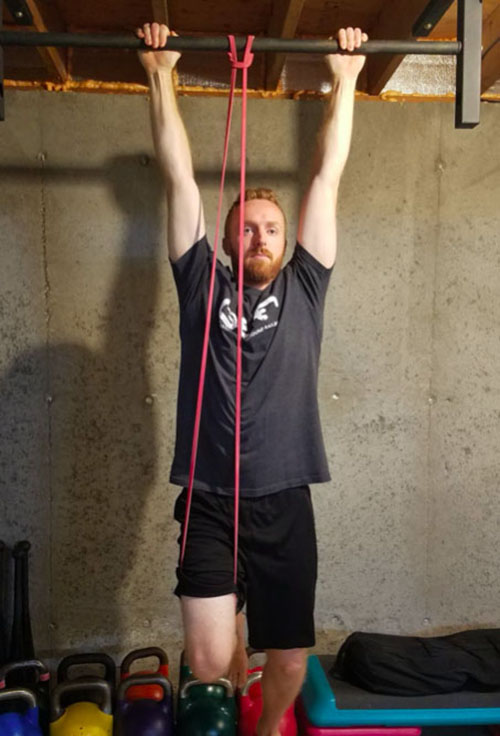
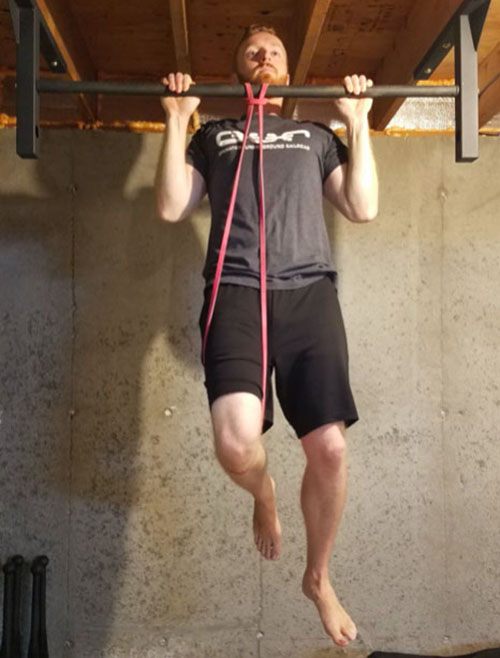

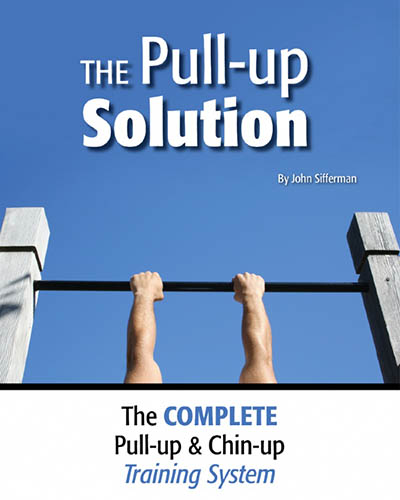
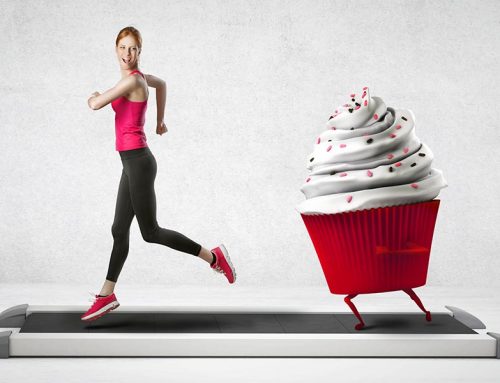
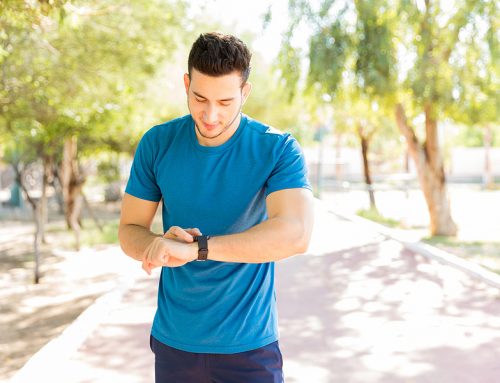
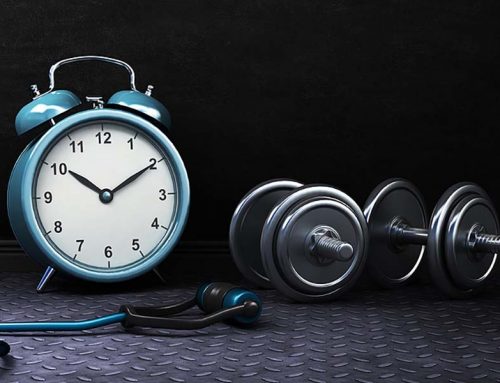

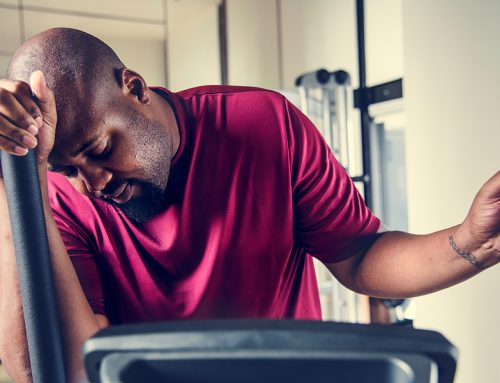
Leave A Comment